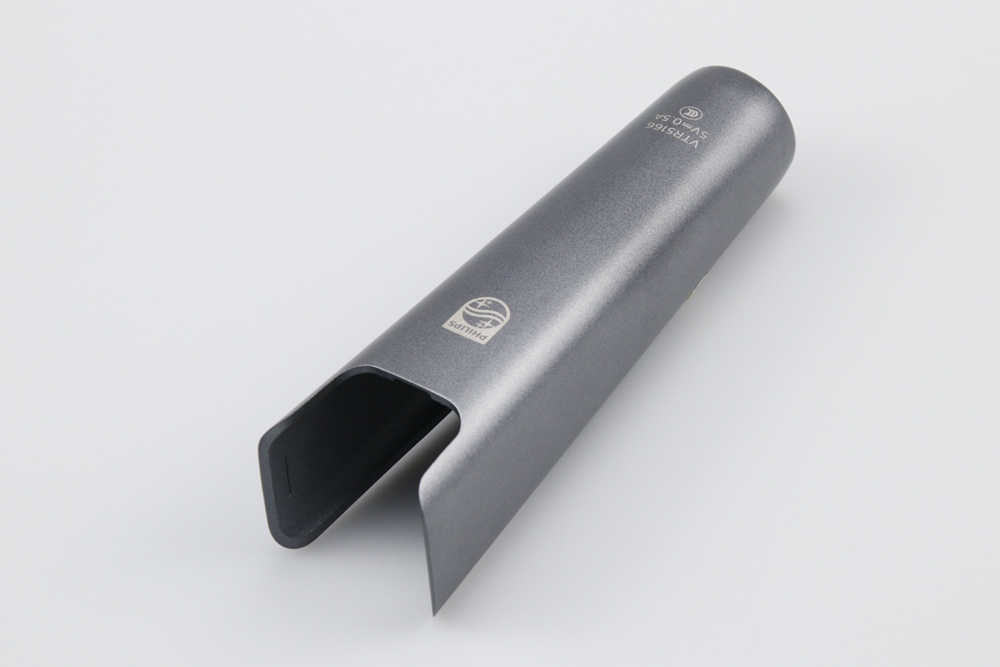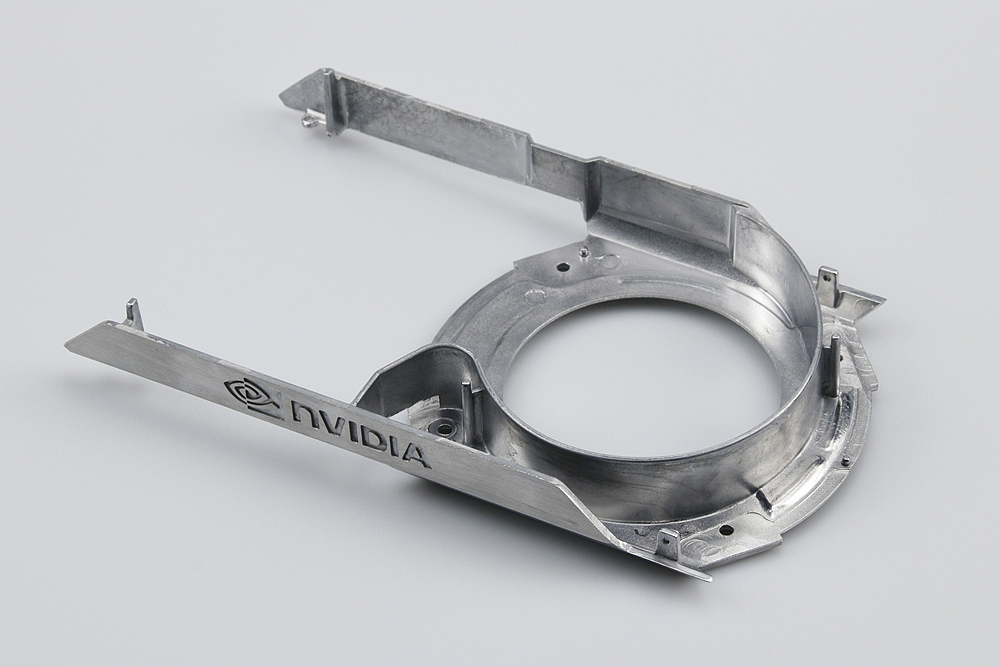Zinc Die Casting vs Aluminum Die Casting - How Are They Different?
Zinc and aluminum are two of the most commonly die-cast metals in manufacturing. Zinc die casting and aluminum die casting involve forcing molten metal into steel molds under high pressure to produce complex, precise metal parts quickly.
Due to the different material properties of die-cast zinc and aluminum alloy, the application of zinc and aluminum alloy die-casting parts is different. Generally, zinc alloy parts are suitable for small and medium-sized appearance parts or applications with little force. Aluminum alloys are suitable for heat sinks, structural parts, or protective covers.

Die Casting Alloys
- Zinc dies casting typically uses alloys based on zinc and small amounts of aluminum, magnesium, and copper added. Common zinc alloys are Zamak 3, Zamak 5, and ZA-8.
- Aluminum die casting uses aluminum-based alloys, usually silicon, copper, magnesium, zinc, nickel, tin, or other elements. Popular aluminum die-casting alloys are 380, 383, and 390.
Melting Points
- Zinc alloys have a relatively low melting point between 380–420°C. It allows easier melting and flow of the liquid.
- Aluminum alloys have a higher melting point of ~700°C, which requires more energy to melt the material.
Fluidity
- Zinc alloys have excellent fluidity and can fill thin complex cavities with wall thicknesses <1mm.
- Aluminum has slightly higher viscosity but can still fill wall thicknesses to ~1.5mm.
Casting Forces
- Zinc requires lower casting pressure, typically around 2,000 psi. The lower melting point allows easy fill.
- Aluminum needs higher casting pressure, up to 15,000 psi for some alloys, to fill the molds due to higher melting points.
Casting Temperatures
- Zinc casting is done at lower temperatures of 400–450°C. It reduces damage and wear to the steel molds.
- Aluminum casting requires higher temperatures, around 660–710°C, to ensure proper metal liquidity.
Casting Speeds
- Typical zinc die-casting machines have faster shot speeds of up to 110 m/s to fill thin sections rapidly.
- Aluminum shot speeds are slower, in the 45-70 m/s range, due to higher viscosity.
Dimensional Accuracy
- Zinc can be die cast to tight dimensional tolerances of ±0.001–0.002. Complex shapes are possible.
- Aluminum also offers good dimensional accuracy, although zinc is slightly better. Typical aluminum casting tolerance is ±0.003–0.004 in.
Post-Casting Operations
- Zinc castings can be easily plated or painted since the surfaces are smooth. Minimal finishing is required.
- Aluminum castings may need finishing operations like grinding or polishing to smooth surfaces. Anodizing can enhance corrosion and wear resistance.
Mechanical Properties
- Zinc alloys have relatively low strength with tensile strength in the range of 21,000-36,000 psi.
- Aluminum alloys offer higher strengths ranging from 30,000-60,000 psi depending on the exact alloy composition.
Casting Limitations
- Zinc castings are usually limited to less than a few pounds due to lower strength. A wall thickness of 0.060 in. is typical.
- Aluminum can produce larger castings weighing over 50 lbs with wall thicknesses exceeding 0.250.
Production Costs
- Zinc die casting is a lower-cost process than aluminum die casting. Lower melting temperatures result in lower energy costs.
- Aluminum die casting has higher production costs due to higher melting points, metal costs, alloy complexity, and finishing needs.
Tooling Costs
- Zinc dies cost 20-50% less than aluminum dies since lower temperatures and pressures are involved.
- Aluminum dies are more complex and expensive due to the need for harder steels, precise machining, and additional thermal controls.
Applications
- Zinc is used for small, thin-walled electronic, electrical, and consumer components.
- Aluminum applications include automotive components like wheels, transmission cases, and engine parts that require higher strength.
Environmental Factors
- Zinc is less environmentally hazardous than aluminum since it has a low melting point and no hydrocarbons are released.
- Aluminum production and casting can generate dioxins from lubricants and coatings. Recycling of aluminum is important.
Lower melting points, better fluidity, faster casting speeds, and lower cost of small, thin, and complex parts use zinc die casting. But aluminum offers higher strengths for more significant structural components in the automotive and other industries.



